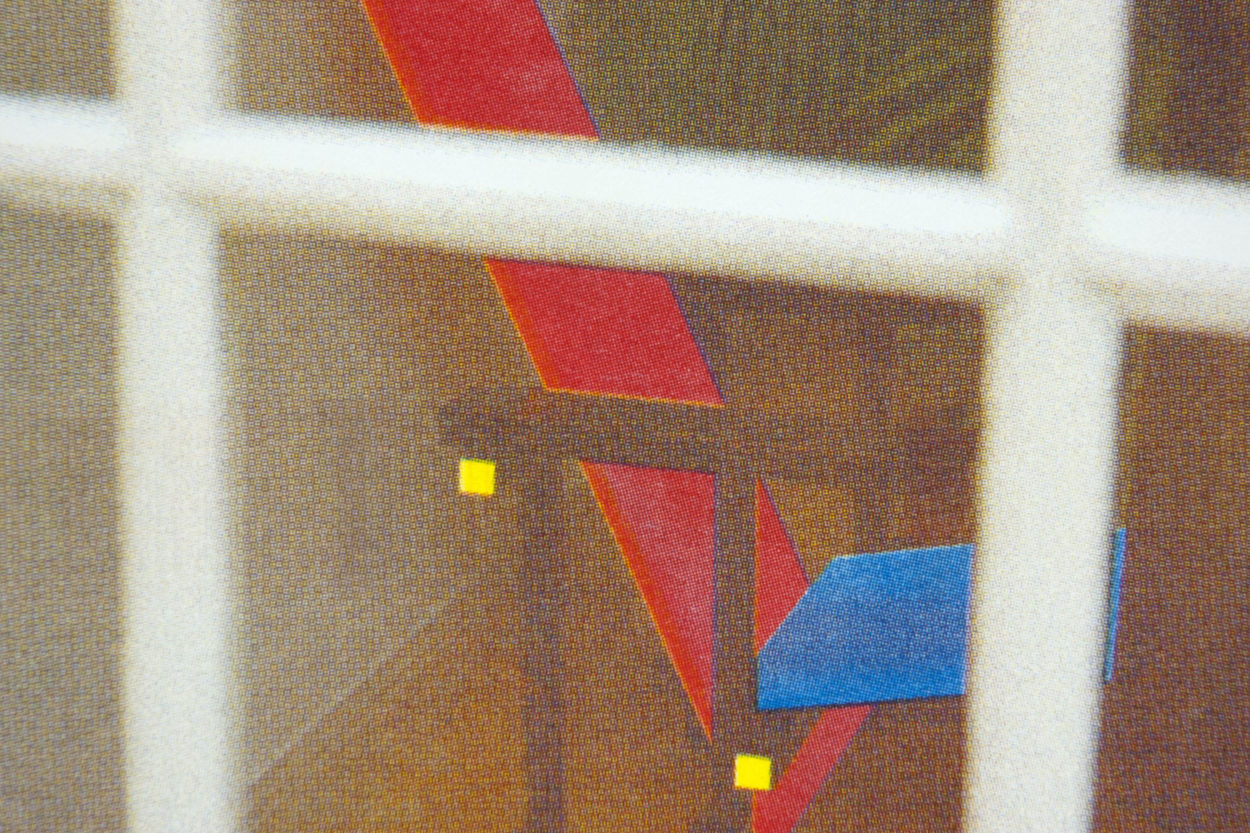Published
Toward a Common Practice—Chapter 2: Deceleration (or) Observations on the feeling of the beautiful and the sublime
This chapter explores walking as a method of deceleration; it traces the historical significance of walking for aesthetic pleasure; discusses examples of deceleration in art practice and contemporary culture; it interprets the ‘slow’ nature of walking; and finally, explains the use of digression and association as a strategy within the research.
I can only meditate when walking, when I stop I cease to think. My mind only works with my legs.
John Jacques Rousseau (1)
The intentional act of walking for aesthetic pleasure has a specific history within Western culture, beginning with ‘the wilful wanderer’ in the eighteenth century. Literary individuals sought to align themselves with the Sophists and Peripatetic school of Ancient Greece, and philosophical reflections on the intellectual benefits of walking were emerging from Burke, Kant and Rousseau (2). From the outset this particular type of walking was rooted in privilege. It is not the history of ‘the tramps, the hobos, the vagrants, the dispossessed, the fugitives, the harmed and the jobless’ (3). Being freely chosen, it was mostly undertaken by a healthy, white, educated male of a certain social and financial standing that permitted reasonable free time, access and safety.
The transformation of the private garden from ‘the formal and highly structured, to the informal and naturalistic’ simultaneously fostered the democratisation of walking practices (4). The medieval garden was situated within a walled fortress in which occupants reclined, in conversation or listening to music. The Renaissance and Baroque gardens complemented safer, more palatial residences that encouraged sitting and walking, however, the order and geometry imposed on the landscape promoted formality rather than autonomous experience. In the eighteenth century, walls were substituted for the ha-ha, an inconspicuous ditch marking the perimeter of the property and enabling views of the countryside beyond. Winding paths were introduced and sculpture was curtailed – ‘the subject of gardens was becoming nature itself’ known as the Jardin Anglais (5). Notably, the burgeoning interest in nature that empowered unprecedented physical and mental freedoms coincided with the onset of the industrial revolution. And while it began as an aristocratic preoccupation, its inherent accessibility made it popular amongst the working class too.
Read more